The Mustard-Factor—It’ll Take Culinary Creations to a Whole New Level!
Food writer/researcher, Steven Luna (www.cozymeal.com) wrote a very interesting article on MUSTARD that I want to share.
Are you asking, “Wait, can mustard really be interesting?” Absolutely, when you consider there are 11 types of mustard. According to Mr. Luna, depending on the culture, you can find regional mustards that elevate this simple spread to the realm of a gourmet sauce. There are even cooking classes throughout the country that teach mustard-focused recipes.
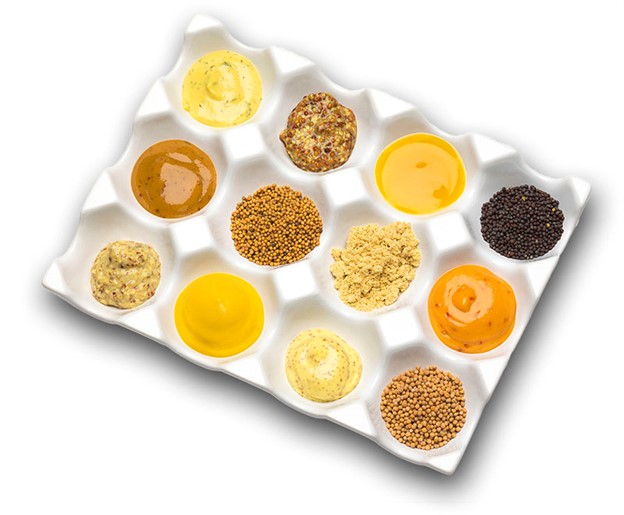
This condiment ranges in flavor from earthy to fiery hot to honey sweet. It’s used in marinades, sauces, and dips. It’ll always add a blast of brightness to more mellow elements in sandwiches, burgers and sausages — the most familiar uses for all types of mustard.
Mustard is more than a deli-only delight. From humble beginnings, mustard can go in all sorts of directions. Here are some fun facts to know and tell at the dinner table:
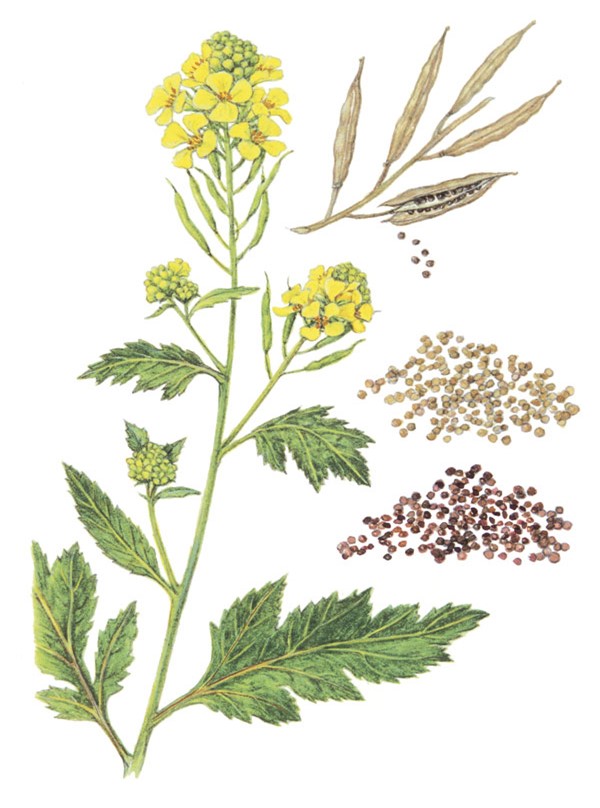
You can easily experiment with making your own “signature” mustard by using a base of store-bought mustard powder, a favorite vinegar or wine, and a few favorite spices. It’s that simple.
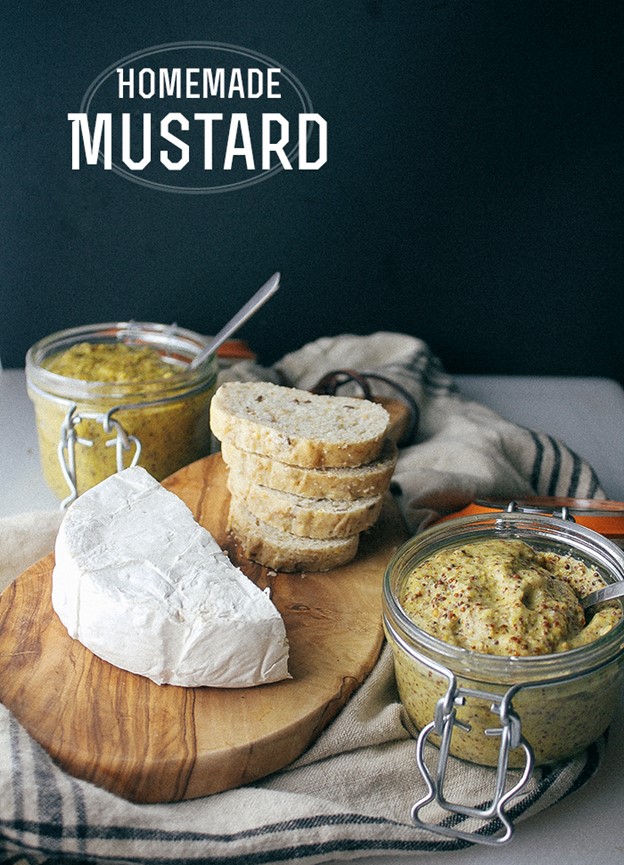
Those three ingredients are the foundation for each of the 11 mustard types. I’ll close this mustard tutorial with a list of these types and suggestions for their best use.
YELLOW. The most common type in the U.S. The French’s company introduced the original yellow mustard in 1904 at the St. Louis World's Fair and it’s been the favorite hotdog topping ever since. It’s the most affordable of all the types, and its zesty and bright flavor does best on sandwiches, in deviled eggs, deli salads, and as mentioned, atop your dogs.
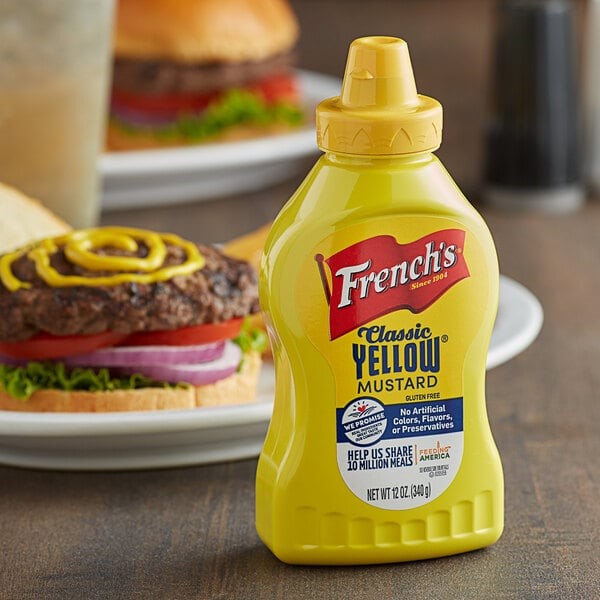
WHOLE GRAIN. This is made by leaving some mustard seeds whole or partly crushed in the mix. The consistency of whole grain mustard is closer to a paste than that of the more liquid yellow mustard. Its mellow flavor adds an earthy warmth when brushed on roasted potatoes, mixed in with your twice-baked potato filling or served up with scrambled eggs.
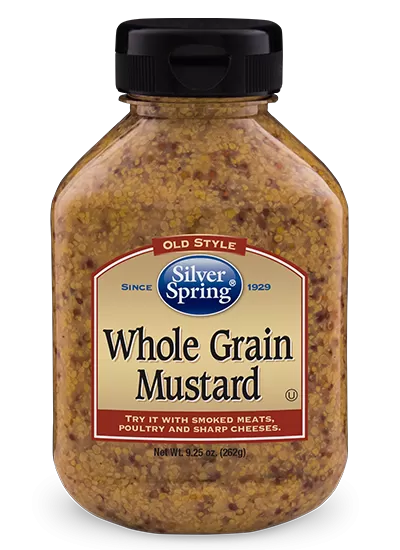
SPICY BROWN. Earthier, spicier and grainier than standard mustards, brown is more rustic and contains a higher count of brown mustard seeds. The finished mix contains the bran of the seeds, which creates a slightly gritty texture. This mustard also goes by the name "deli mustard" because it pairs so well with salami, roast beef and pastrami. It’s also the favored topping for soft pretzels.
DIJON. Grey Poupon is one of the best-known Dijon brands. Brown mustard seeds and white wine blend are the secret ingredients. It is delicious on a ham and Swiss cheese sandwiches, over steak and as a marinade tenderizer. I like to mix it with pureed beans for a chip dip.

ENGLISH. This is a blend of yellow and brown mustard seeds, and rather than using vinegar, English uses cold water, which provides extra heat that has been known to clear sinuses! It’s often mixed in with coleslaw, or used as a flavoring for mashed potatoes and a base for salad dressings. It’s also yummy on hard bread and corned beef sandwiches.
GERMAN. More than any other culture, Germany has a passion for mustard mash-ups, which makes categorizing German mustard tricky. The most familiar German mustard contains white wine, like Dijon but with more tartness. Some German mustards add horseradish to punch up the spice. These spreads are used for dipping pretzels, rubbing on roasts and slathering on sandwiches made with dark breads (pumpernickel or rye).
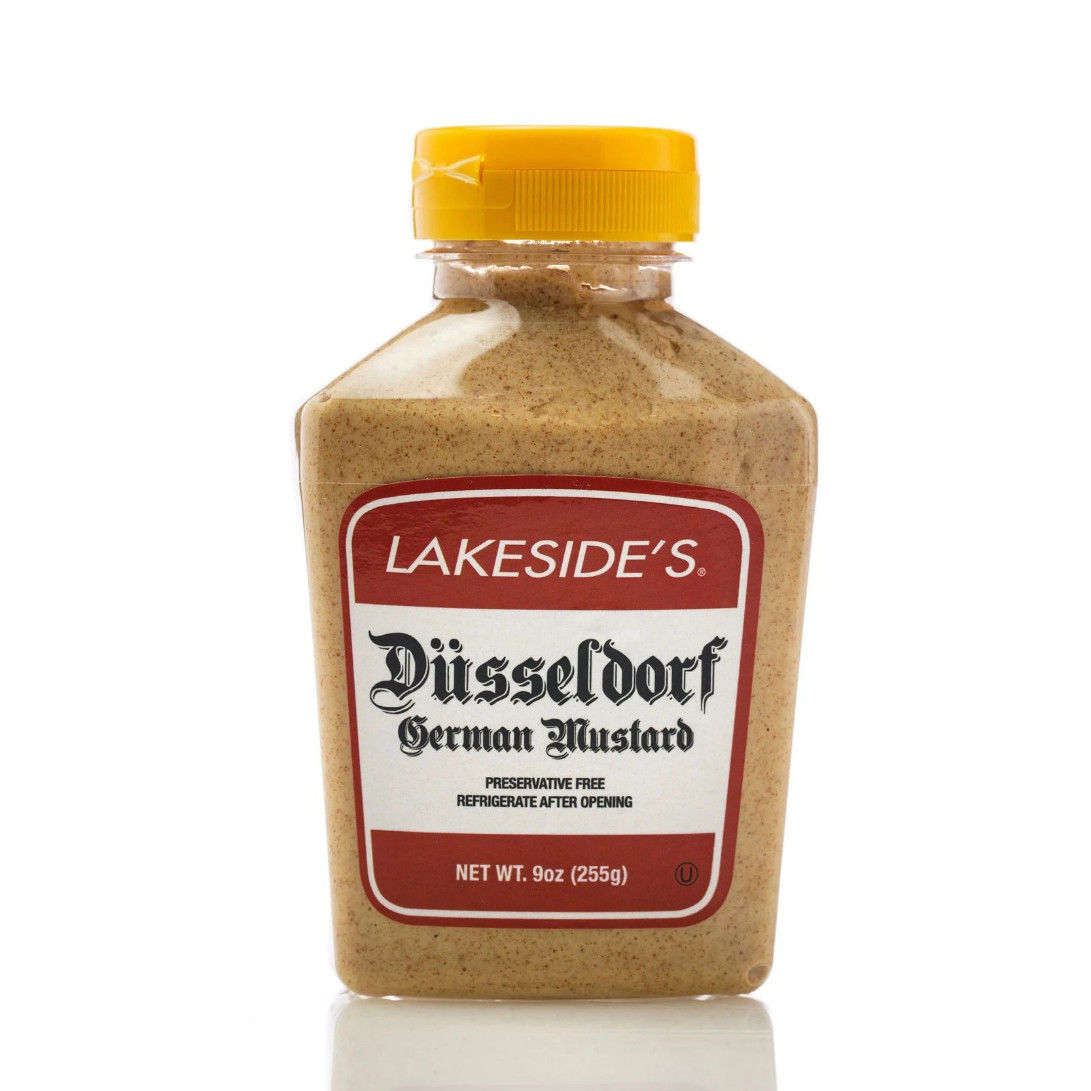
CHINESE HOT. A little goes a long way! Its strength comes from extra myrosinase, the spicy enzyme that gives mustard its powerful bite. Available in powder or paste form, it’s a staple in Asian restaurants. It tops egg rolls and adds extra heat to fried rice, pork and chicken.
HONEY. Including honey creates a sweetness that mellows mustard’s heat. This mustard is also delicious on sandwiches (especially ham) and in potato salad. Easy to find in grocery stores, you can make your own by combining honey, mustard, vinegar, a bit of mayonnaise and your favorite spices. This recipe is a simple way to begin experimenting with your first custom-made mustard.
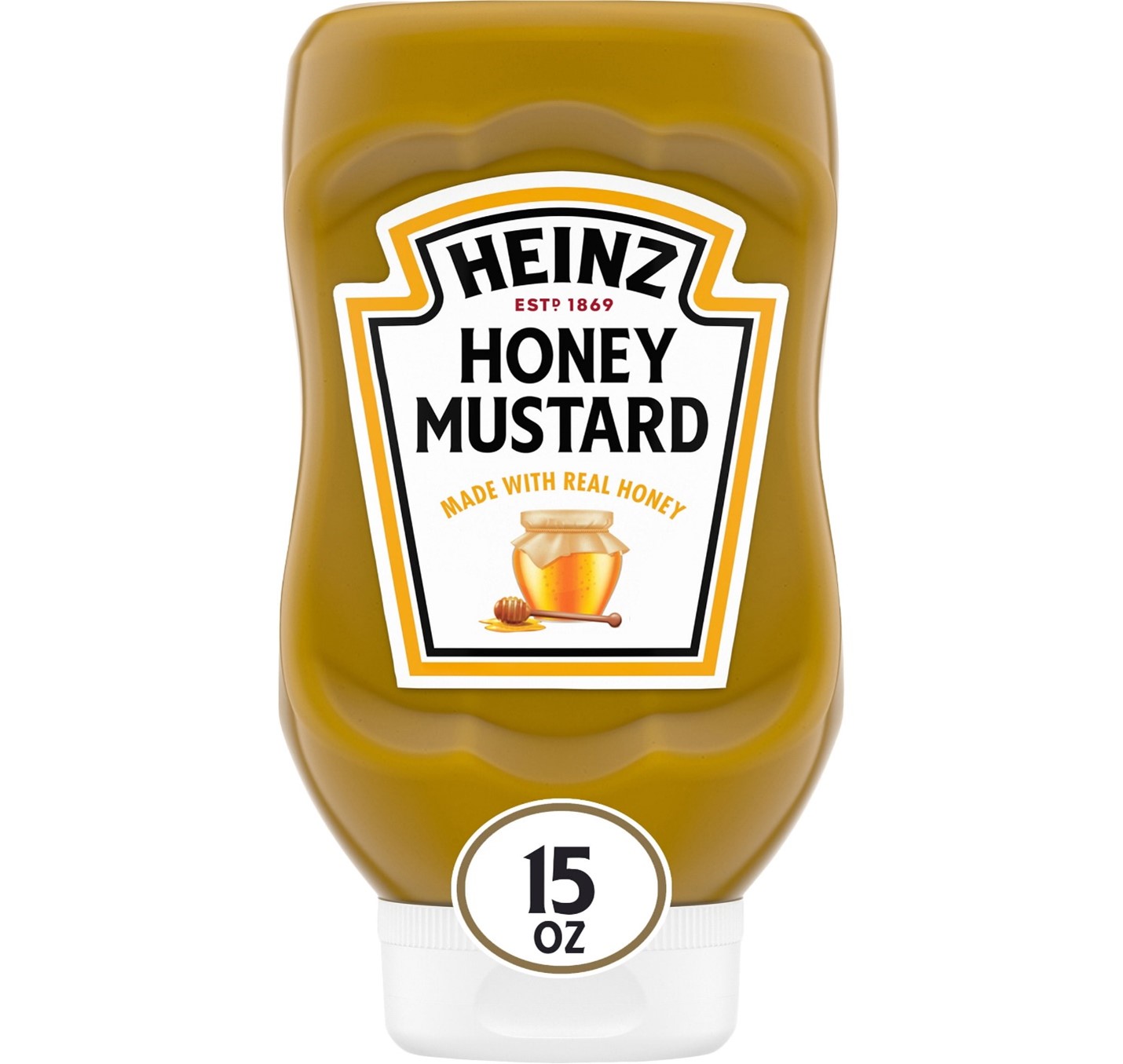
SWEET. This is even sweeter than even honey mustard, due to the addition of brown sugar to a coarse mustard base. You can easily make your own. Just mix in some brown sugar and your favorite seasonings to yellow mustard. Sweet is perfect for basting pork, fish and chicken before baking or grilling.
FRUIT. Sounds odd, but dried fruit (such as plums and apricots) and mustard are a luxe blend that create unexpected harmony when properly prepared. Mix the fruit with mustard and vinegar; let this ferment to bring out the best of all flavors. The result is like a spicy jam and goes well on a charcuterie or cheese board.
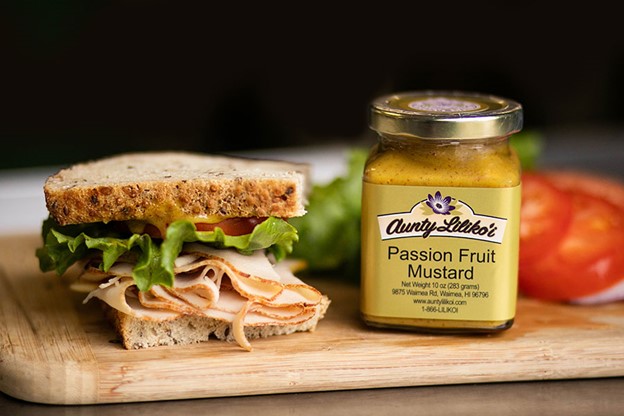
SPIRIT. Spirit mustards are made with distilled liquors. Fruit brandy, cognac and whiskey are typical choices (even beer, though not an official spirit). These mustards are popular in bars and pubs (no surprise). These are especially good on roast beef or used in vinaigrettes.
MUSTARD—so much more than just a go-to condiment that jazzes up casual food. Great cooks “get” the mustard-factor and don’t hesitate to use it as the way to take culinary creations to a whole new level!
Are you asking, “Wait, can mustard really be interesting?” Absolutely, when you consider there are 11 types of mustard. According to Mr. Luna, depending on the culture, you can find regional mustards that elevate this simple spread to the realm of a gourmet sauce. There are even cooking classes throughout the country that teach mustard-focused recipes.

This condiment ranges in flavor from earthy to fiery hot to honey sweet. It’s used in marinades, sauces, and dips. It’ll always add a blast of brightness to more mellow elements in sandwiches, burgers and sausages — the most familiar uses for all types of mustard.
Mustard is more than a deli-only delight. From humble beginnings, mustard can go in all sorts of directions. Here are some fun facts to know and tell at the dinner table:

- Its seed is the basis for all varieties of mustard.
- Tall flowering stalks produce white, brown or black seeds encased in pods (called siliques).
- Siliques hold the seeds that are harvested for mustard making.
- The siliques are removed and dried until they crack open.
- The seeds are then removed and ground into mustard powder (the base for all types of mustard).
- Mustard’s complex flavor and adaptable personality is built from a mix of crushed mustard seeds, vinegar and spices.
- The seed type used determines heat level; white seeds provide a more mellow flavor profile than yellow or brown seeds.
- Enzymes in the vinegar and other liquid ingredients influence heat and strength of its flavor.
You can easily experiment with making your own “signature” mustard by using a base of store-bought mustard powder, a favorite vinegar or wine, and a few favorite spices. It’s that simple.

Those three ingredients are the foundation for each of the 11 mustard types. I’ll close this mustard tutorial with a list of these types and suggestions for their best use.
YELLOW. The most common type in the U.S. The French’s company introduced the original yellow mustard in 1904 at the St. Louis World's Fair and it’s been the favorite hotdog topping ever since. It’s the most affordable of all the types, and its zesty and bright flavor does best on sandwiches, in deviled eggs, deli salads, and as mentioned, atop your dogs.

WHOLE GRAIN. This is made by leaving some mustard seeds whole or partly crushed in the mix. The consistency of whole grain mustard is closer to a paste than that of the more liquid yellow mustard. Its mellow flavor adds an earthy warmth when brushed on roasted potatoes, mixed in with your twice-baked potato filling or served up with scrambled eggs.

SPICY BROWN. Earthier, spicier and grainier than standard mustards, brown is more rustic and contains a higher count of brown mustard seeds. The finished mix contains the bran of the seeds, which creates a slightly gritty texture. This mustard also goes by the name "deli mustard" because it pairs so well with salami, roast beef and pastrami. It’s also the favored topping for soft pretzels.
DIJON. Grey Poupon is one of the best-known Dijon brands. Brown mustard seeds and white wine blend are the secret ingredients. It is delicious on a ham and Swiss cheese sandwiches, over steak and as a marinade tenderizer. I like to mix it with pureed beans for a chip dip.

ENGLISH. This is a blend of yellow and brown mustard seeds, and rather than using vinegar, English uses cold water, which provides extra heat that has been known to clear sinuses! It’s often mixed in with coleslaw, or used as a flavoring for mashed potatoes and a base for salad dressings. It’s also yummy on hard bread and corned beef sandwiches.
GERMAN. More than any other culture, Germany has a passion for mustard mash-ups, which makes categorizing German mustard tricky. The most familiar German mustard contains white wine, like Dijon but with more tartness. Some German mustards add horseradish to punch up the spice. These spreads are used for dipping pretzels, rubbing on roasts and slathering on sandwiches made with dark breads (pumpernickel or rye).

CHINESE HOT. A little goes a long way! Its strength comes from extra myrosinase, the spicy enzyme that gives mustard its powerful bite. Available in powder or paste form, it’s a staple in Asian restaurants. It tops egg rolls and adds extra heat to fried rice, pork and chicken.
HONEY. Including honey creates a sweetness that mellows mustard’s heat. This mustard is also delicious on sandwiches (especially ham) and in potato salad. Easy to find in grocery stores, you can make your own by combining honey, mustard, vinegar, a bit of mayonnaise and your favorite spices. This recipe is a simple way to begin experimenting with your first custom-made mustard.

SWEET. This is even sweeter than even honey mustard, due to the addition of brown sugar to a coarse mustard base. You can easily make your own. Just mix in some brown sugar and your favorite seasonings to yellow mustard. Sweet is perfect for basting pork, fish and chicken before baking or grilling.
FRUIT. Sounds odd, but dried fruit (such as plums and apricots) and mustard are a luxe blend that create unexpected harmony when properly prepared. Mix the fruit with mustard and vinegar; let this ferment to bring out the best of all flavors. The result is like a spicy jam and goes well on a charcuterie or cheese board.

SPIRIT. Spirit mustards are made with distilled liquors. Fruit brandy, cognac and whiskey are typical choices (even beer, though not an official spirit). These mustards are popular in bars and pubs (no surprise). These are especially good on roast beef or used in vinaigrettes.
MUSTARD—so much more than just a go-to condiment that jazzes up casual food. Great cooks “get” the mustard-factor and don’t hesitate to use it as the way to take culinary creations to a whole new level!
 Alice Osborne
Alice Osborne
Weekly Newsletter Contributor since 2006
Email the author! alice@dvo.com
